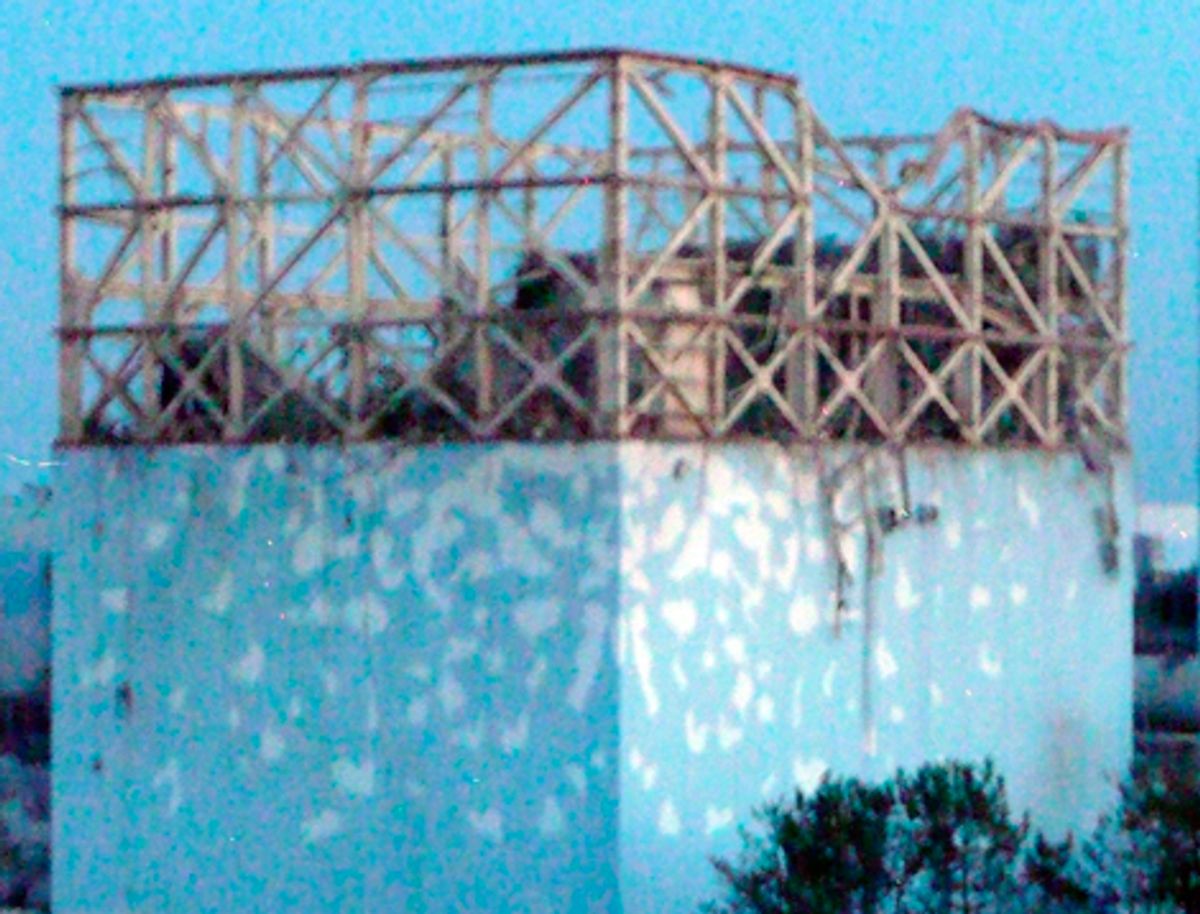Editor's Note: This is part of our ongoing news coverage of Japan's earthquake and nuclear emergency.
In the disastrous accident unfolding at Japan's Fukushima nuclear power plant, essentially the same chain of events has unfolded three times: first the failure of backup systems meant to keep cooling systems running if the plant lost external power, evidently the result of damage to turbine generators from the earthquake and tsunami; then the explosion of the outer containment building, apparently the result of hydrogen buildup from several possible sources.
Emergency operators flooded reactor vessels with seawater to cool them and stop core melting. Operators also injected boron to head off a recriticality--a situation in which melting fuel reconfigures itself and starts reacting self-sustainably again. Meanwhile, with some radiation escaping the plant, the evacuation zone was expanded to a 20-30 kilometer radius and authorities passed out potassium iodide, which prevents radioactive iodine from concentrating in the thyroid gland and causing cancer.
Because of the explosion and the radiation leakage, Fukushima already ranks as the second most serious nuclear power plant accident after Chernobyl. In terms of public impact, it may come in first because it's taking place in a country that has the world's most sophisticated earthquake prediction and mitigation systems, top-notch nuclear technology, and a pronounced national radiation phobia. Japan is not a technically backward country with notoriously poor reactor designs, the way the former Soviet Union was. Its nuclear power plants were designed and built with an acute consciousness of extreme earthquake dangers.
So how is it, despite that sophistication, awareness, and preparedness, that the Fukushima crisis has nonetheless exceeded worst-case thinking? Here, the story is reminiscent of Three Mile Island and Chernobyl, and the message seems to be the same: Worst-case scenario builders consistently underestimate the statistical probability of separate bad things happening simultaneously, as the result of the same underlying causes. As the TMI accident evolved, the nation was mesmerized by the buildup of hydrogen gas in the reactor vessel (a prospect no member of the general public had ever heard of before) and the danger of its exploding. Subsequent post mortems found, in addition, that a substantial fraction of the reactor core melted during the accident. Had it melted through the bottom of the vessel, a vast amount of radioactivity would have found its way into the Susquehanna River and Chesapeake Bay, poisoning their waters permanently.
In Chernobyl, a peculiar design feature that the general public had never heard of--a positive reactivity void coefficient--caused first one explosion and then, very likely, a second. Such explosions supposedly couldn't happen in nuclear reactors, but it turned out they could in some types. Water flashing to steam had caused reactivity to escalate (the positive feedback loop from water voiding), prompting more water to flash to steam, leading to more overpower, until the plant "disassembled," as the technical literature puts it. In addition, overpressure from the boiling waters in the cooling pipes lifted the top of the poorly designed reactor vessel, rupturing all pipes and control-rod systems, putting the reactor completely out of control. It was, as major reports done by various national and international authorities would later put it, a "worse than worst-case accident."
Actually, every major nuclear accident has been worse than worst case, and that's a fact every nuclear advocate--this one included--will have to take into account. As we learned in the global financial crisis as well, instruments and devices thought of as separate entities can all "go south" as the result of a single underlying cause, upending estimates of how serious and consequential any one failure would be.
Photo: TEPCO/Reuters




